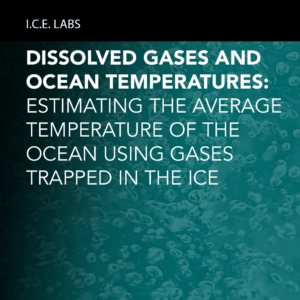Preview
Students explore how glaciers move by using “glacier goo/flubber,” (a polymer made with glue and Borax solution) whose properties model the movement of glacial ice.
Through an open or guided inquiry, students make a hypothesis and then test their ideas to answer their own questions or the following:
- How does the top surface of the glacier move in relation to the bottom surface?
- How do the sides of the glacier move in relation to its middle?
- Does the glacial bed affect the way a glacier moves?
- Does temperature of the glacier affect how it moves?
Key Concepts: (to be discovered during the activity, or discussed after)
- Glaciers move from higher elevations to lower elevations
- In Greenland and in Antarctica, many glaciers cover the land. These great masses of ice are called “ice caps” or “ice sheets.”
- If the glacier meets the sea, it often flows out over the water. Floating ice that is still connected to land is called an “ice shelf.”
- Ice shelves act as “buttresses” to hold the land-based ice on land. If the ice shelves break up, the land-based ice moves faster into the sea.
- The top of the glacier moves faster than the bottom because friction is acting on the bottom.
- The middle moves faster than the sides, also because of friction.
- Glaciers often cut U-shaped valleys as they move across land.
- Glaciers have the power to move huge rocks as they flow.
- Different bed surfaces cause the glacier to move faster or slower. Water under the glacier can make it slip or slide easier than a rocky or sandy surface.




